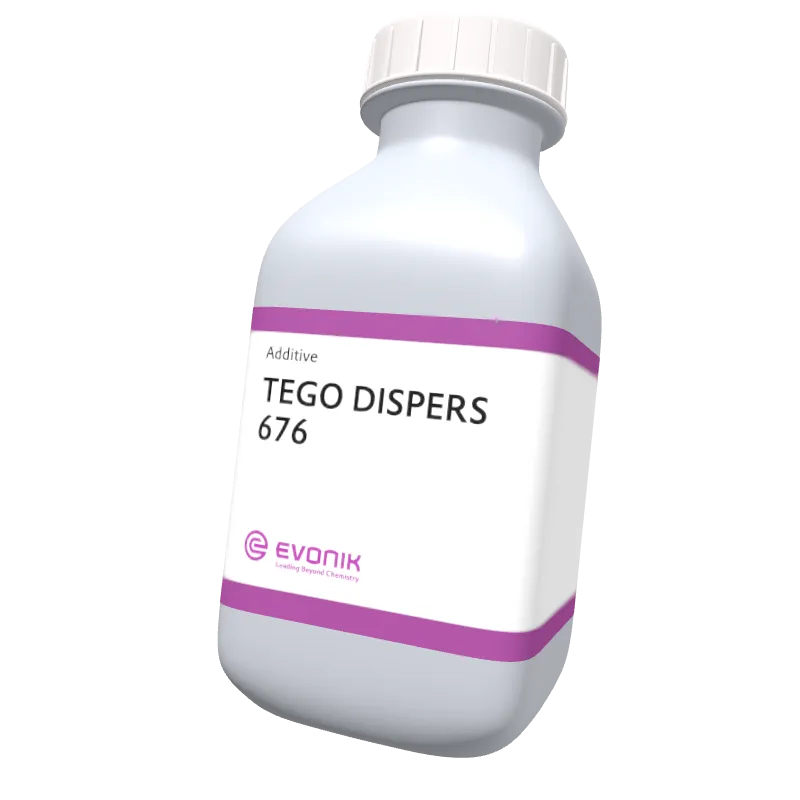Coatino Campus
Recording: Dispersion Week 2: Optimization of wet dispersing and comminution processes for pigmented systems
Recorded Webinar: We were delighted to offer a joint webinar with NETZSCH-Feinmahltechnik GmbH, the world's leading company in the field of wet grinding, dispersion and homogenization as well as mixing and kneading.
For the production of paints, coatings and inks, a wide variety of raw materials must be processed into complex formulations. This requires various process steps in which the different components must be mixed, homogenized and ground to a defined particle size distribution. In the lecture, various processing options, advantages and disadvantages as well as optimization potentialshad been discussed and complete solutions had been presented.
This webinar was part of the Dispersion Weeks.












